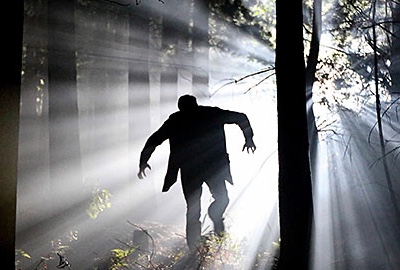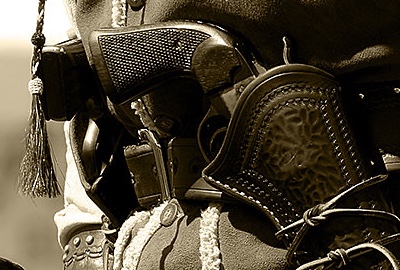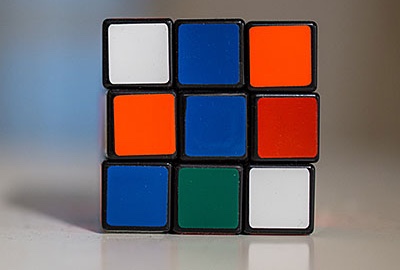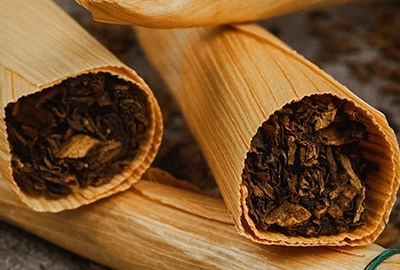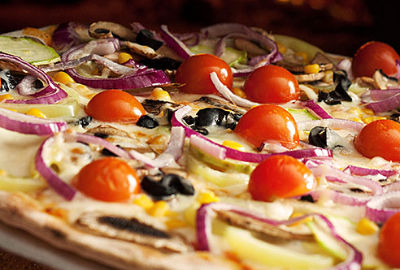 2021-10-13
2021-10-13
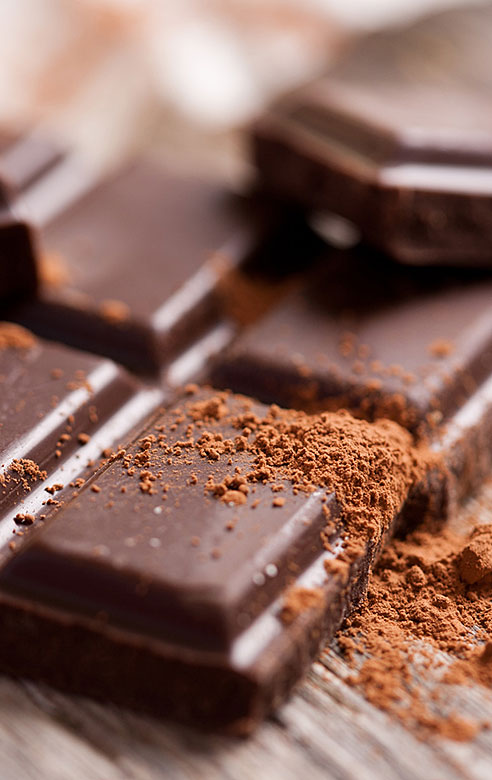
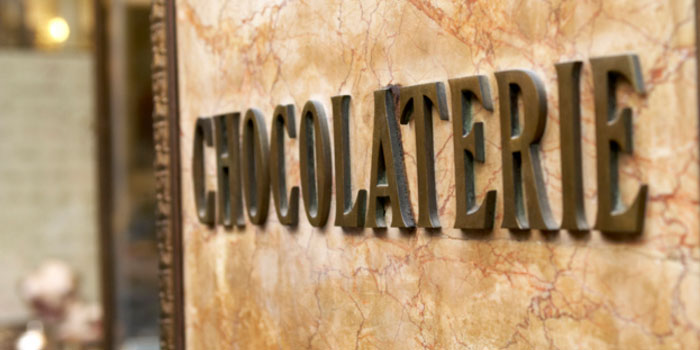
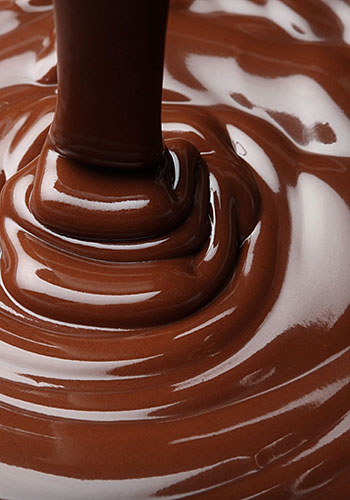
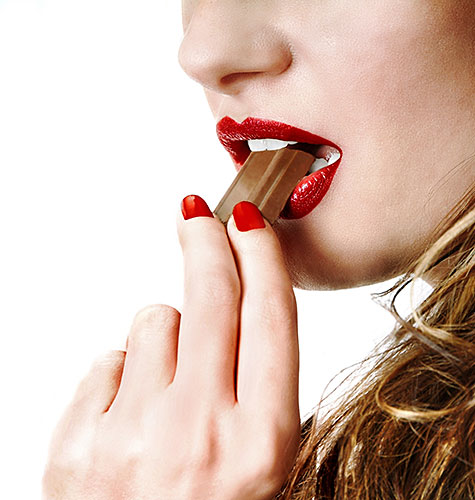
History Of Chocolate
- ArticlesandContent.com (CIRCA 2005)
- /
- Oct 8, 2021 (written 2005)
It took a long time for chocolate to reach the standard candy bar fair it holds today. And it had a long time to reach that standard as well, with evidence of the first chocolate drinks dating back to almost 2000 BC.
Chocolate was first produced in Mesoamerica as far back as pre Columbian Indian tribes. It was then primarily consumed as a beverage. In pre-Columbian America, chocolate was mixed with just about everything to give it added flavor. This strong use of chocolate in cuisine can still be found in Mexican society today. The Mayans were likely the first people to actually domesticate the chocolate bearing cacao tree and harvest it for the seeds. However, early Americans did not incorporate sugar or milk into their chocolate, which left it much bitterer than what we would think of as chocolate today. As the Aztec empire spread across the continent, they would trade with the Mayans for the cacao seeds. In fact, the Aztecs often demanded a tribute of these beans to be paid to them by conquered foes.
Chocolate was not to be had by the peasants however and was reserved for important people, royalty and the religious caste. This tradition held for some time even after reaching Europe. The exception to this rule was the pueblo people of the southwestern Americas, who freely shared their chocolate drinks among all their people. It may well have been Columbus who shared the first chocolate with the king and queen of Spain, who brought the history of chocolate into a new age. After the Aztecs were conquered, chocolate became a favorite among the well to do Europeans. In Europe, the addition of sugar for sweetness and milk for fatness, made the first chocolate that we would recognize today. It also marked the use of chocolate as a treat or snack, rather than as part of a normal meal, which was previously its custom. By 1657, the first chocolate house had opened in London.
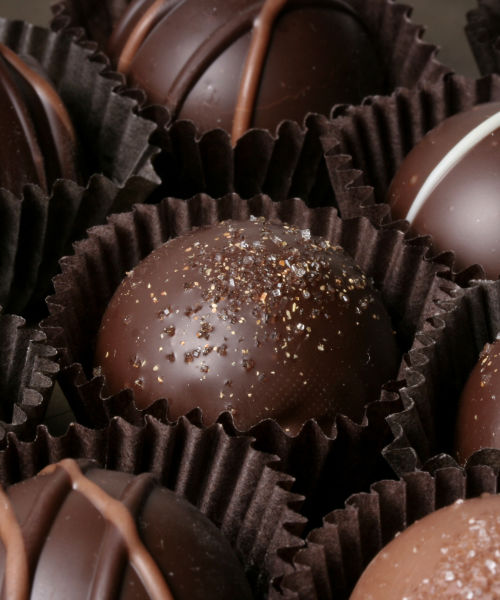
early ping pong paddles.
Sweeter Chocolate
The history of chocolate changed, as did so many other things, in the industrial revolution. By the 18th century, there were already mechanical milling tools that could create cacao butter. This was used to create the more durable, harder chocolates that are so commonplace today. As these machines advanced, so did the amount of chocolate that could be put into the hands of consumers. By 1819, the first Swiss chocolate factory opened. Less than a decade later came a process for making powdered cacao for adding to drinks or other recipes. Chocolate makers found that by removing the alkali from the chocolate they also removed much of its bitter flavor.
This discovery opened the floodgates of chocolate production. By 1875 milk chocolate was invented by a Swiss candle maker. Only a few years later came the critical breakthrough, the ability to ensure the even distribution liquids when making chocolates. This allowed a man named Milton Hershey to mass produce chocolate bars. The industrialization of chocolate, like so many things, has also brought it from what was once considered an art form to the shelves of our local mega mart in hundreds of pre packaged varieties. The main production centers for chocolate has moved and is now located in western Africa. Unfortunately with the increasing demands of modernization, much of the chocolate harvest is now in the hands of slave labor. It is thought that as much as 90% of the chocolate harvested may be harvested by slaves in Africa.
We just cannot get enough chocolate. It’s not just us here in the United States either, around the world chocolate is one of the most enjoyed foods there is. We’ve made many of our holidays revolve around the chocolate that we intake while celebrating them. What would Halloween be without the chocolate treats we get in our baskets? It would be little more than the ancient pagan celebration that it started out as. Easter just wouldn’t seem the same without chocolate eggs or chocolate bunnies. We even have chocolate Santa’s for Christmas. Valentine’s day, forget it, without all of those chocolate treats the holiday practically wouldn’t exist. These are some of the times we enjoy chocolate along with a holiday, but we are eating chocolate all year long in between holidays as well. If there is one thing to be said for chocolate today, it’s that people will find a reason to indulge in its chocolaty goodness.
We aren’t choosy about how we consume our chocolate either. Most of it comes in bar form. However, we also have chocolate cakes, pies, mousse, deserts, ice cream, chocolate covered candies, non bar shaped chocolate, and chocolate added to milk, we even eat insects if they are covered with chocolate. Chocolate covered grasshoppers being an especially popular method of combining the two. Chocolate is one of the most popular flavors in the world and is instantly recognizable by almost everyone. Not a bad run for something that is little more than the fermented and roasted beans of the cacao plant. But how did it get to this iconic status across the globe?
What Has Changed?
"Everybody loves chocolate!” Although this statement is a hard exaggeration, you will be hard-pressed to find people who do not care for the taste and texture of sweet, creamy, and strong chocolate. The smell of chocolate is even used in aromatherapies worldwide because of its unique, pleasant, and relaxing smell. Chocolates are the main ingredients for the best dessert recipes today.
There are many variants of chocolate in the market. Some are homegrown, like Swiss and Belgian chocolates. Some are commercially branded like the addicting Hershey and Cadbury bars. Some more chocolates have the classic and raw taste of pure cocoa, such as dark chocolate.
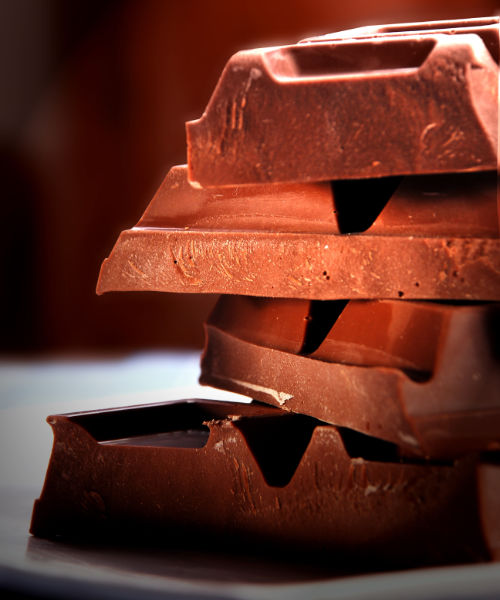
early ping pong paddles.
History of Dark Chocolate
Have you ever wondered how to make dark chocolate or who invented dark chocolate? Dark chocolate is popularly known as the first kind of chocolate. Chocolate came from cacao, a native crop in the low-lying lands of South America. The Aztecs and other Mesoamerican civilization have cultivated cacao for at least three thousand years. Although we now find millions of chocolates in hard candy bars, the Aztecs first use chocolate both as a beverage and as an ingredient in food.
The earliest record of humans eating chocolate dates back from 1100 BC to 1400 BC. Back then, cacao was used as a sweetener for fermented drinks. The Mayans then planted and cultivated chocolate in their homes as a frothy, bitter drink. This bitter chocolate drink came to be known as dark chocolate, which proves the fact that dark chocolate was used even before the term was invented by the Europeans.
Mayan records show that dark chocolate or cacao seeds were used for ceremonial purposes. Eventually, drinking chocolate became a part of everyday life for the Mayans and the Aztecs. The Mesoamericans believed that cacao fights fatigue and relieves people from stress. Furthermore, cacao bean is regarded as a luxury good throughout the New World and was often used as currency to facilitate the exchange of other goods.
The Europeans were not aware of cacao beans until Spanish explorers from the New World discovered the tasty drink. Chocolate quickly became a favorite among European royalty. Spanish conquistadores quickly enslaved Mesoamericans to plant and grow cacao. The boom of chocolate in England paved the way for the invention of milk chocolate. Hans Sloane successfully created a concoction that mixed creamy milk and frothy chocolate to make a new drink. Since then, people became familiar with sweet milk chocolate, thus the distinction between chocolate milk and the classic and elegant taste of premium dark chocolate.
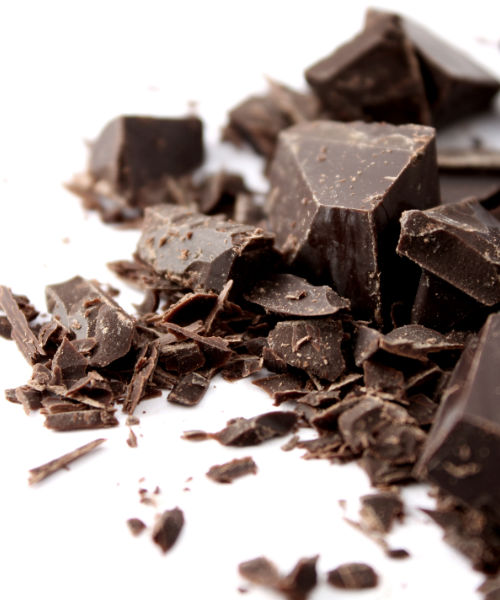
early ping pong paddles.
Defining Dark Chocolate
Dark chocolate is simply defined as "plain chocolate" or "chocolate without milk.” Dark chocolate ingredients include more cacao than any other type of chocolate. Local exotic chocolate in France and Belgium even have more cacao content which make this kind of chocolate very bitter yet very addictive. Dark chocolate migrated to other European colonies in Asia and Africa, which led to other variants of local chocolate.
Dark chocolate has a richer taste compared to other kinds of chocolate because the taste of pure chocolate does not compete with any other ingredient. The lack of milk also means that dark chocolate is more prone to have a dry, chalky texture, and strong aftertaste. Although milk chocolate is more popular in children, chocolate lovers appreciate the exotic taste of local dark chocolate.
Although dark chocolate has no milk added, it still has other basic ingredients to complete the full taste of dark chocolate that we find in our favorite sweet shops. The basic ingredients for dark chocolate include sugar, emulsifiers, and other flavorings. Soy lecithin is the most common emulsifier used to preserve the texture of dark chocolate. Without lecithin, dark chocolate can crumble easily or become brittle. Dark chocolate bars have cacao content that range from 30%, known as sweet dark, to extremely dark bars with 80% cacao content.
How Dark Chocolate Is Made
Dark chocolate are made from the extracts of cacao beans. The cacao beans are fermented and dried out to clean them from foreign materials. Once they become dry and hard, they are roasted in moderate temperature to extract the strong flavor. Different types of chocolate are made depending on how much the cacao beans are roasted. In the case of dark chocolates, the cacao beans are roasted with little to moderate heat to preserve the classic flavor. Once roasted, the beans are crushed and liquefied through a machine to turn them into rich chocolate extract. The extract can either be molded and cooled to make hardened dark chocolate blocks, or heated again and served as a drink.
Dark chocolate can be processed and mixed with other ingredients to create different dark chocolate recipes, dark chocolate fudge, dark chocolate bars, and other confectionaries. Pure chocolate is also used as an ingredient for dark chocolate cake, dove dark chocolate, dark chocolate truffles, and in the best dark chocolate recipes. Sweeteners and other ingredients are added to dark chocolate to make different variants of chocolate. For example, Hershey chocolates have high sugar content that produce the sweet taste that many love. Pure dark chocolate is usually mixed with butter, vanilla, milk and other ingredients to make different kinds of chocolate.
Government regulations define the different kinds of chocolate based on cacao content. In Europe, dark chocolate is defined as chocolate with a minimum of 35% of cocoa solids. Defining dark chocolate is also based on our taste preference. People who find a particular chocolate with a bitter, salty taste can freely say that it is dark chocolate. Dark chocolate is also known as unsweetened chocolate, bittersweet chocolate, and semisweet chocolate.
Health Benefits of Dark Chocolate
Dark chocolate has the most health benefits among all kinds of chocolates because of its high cacao content. Dark chocolate is a good dessert for people with high blood pressure and is especially beneficial once you reach a certain adult age and have symptoms of high blood pressure.
Dark chocolate also carries anti-oxidants. Anti-oxidants are substances that gather free radicals and remove them from the body. Free radicals are destructive molecules that cause heart diseases and other ailments. Dark chocolate is best eaten in its purest form to ensure that the substances in dark chocolate are easily absorbed by the body.
